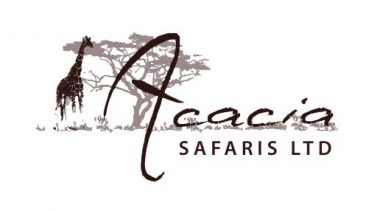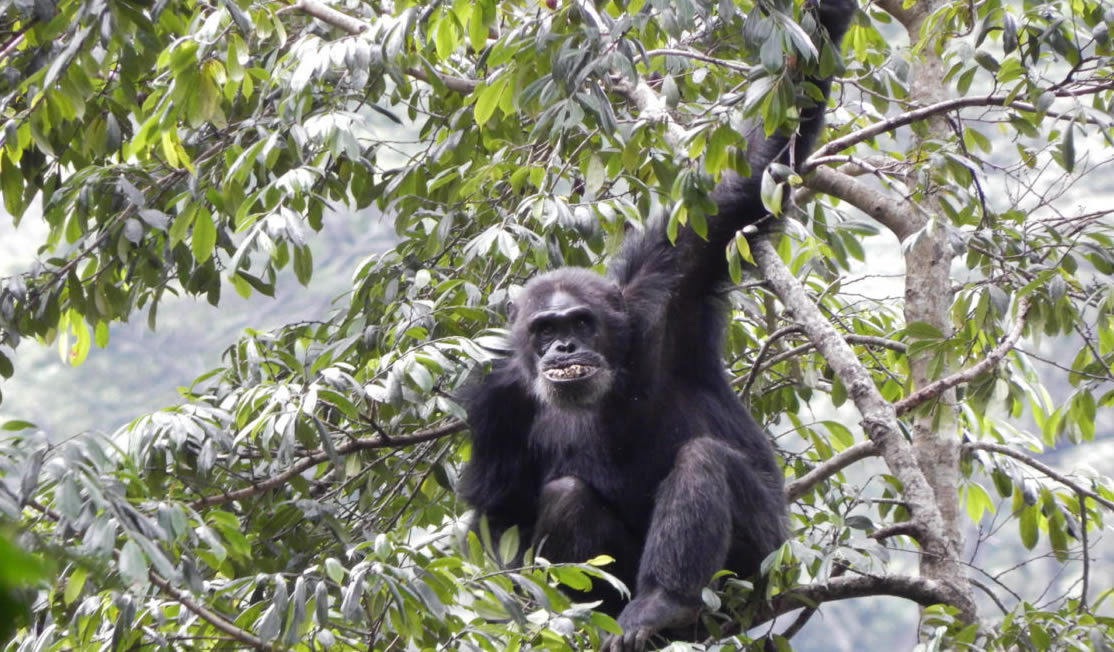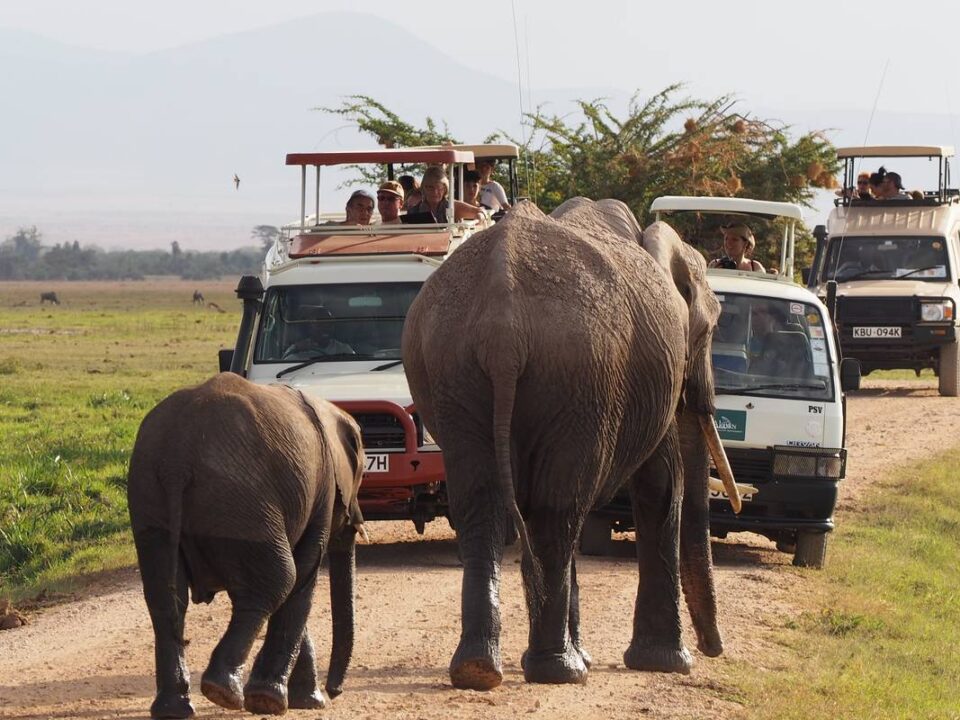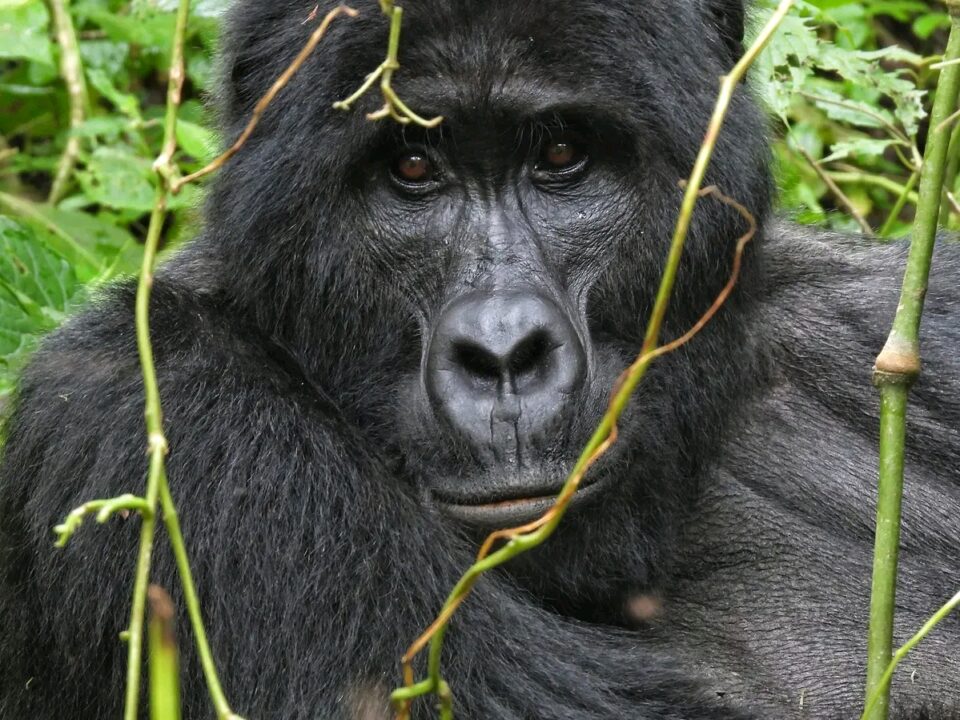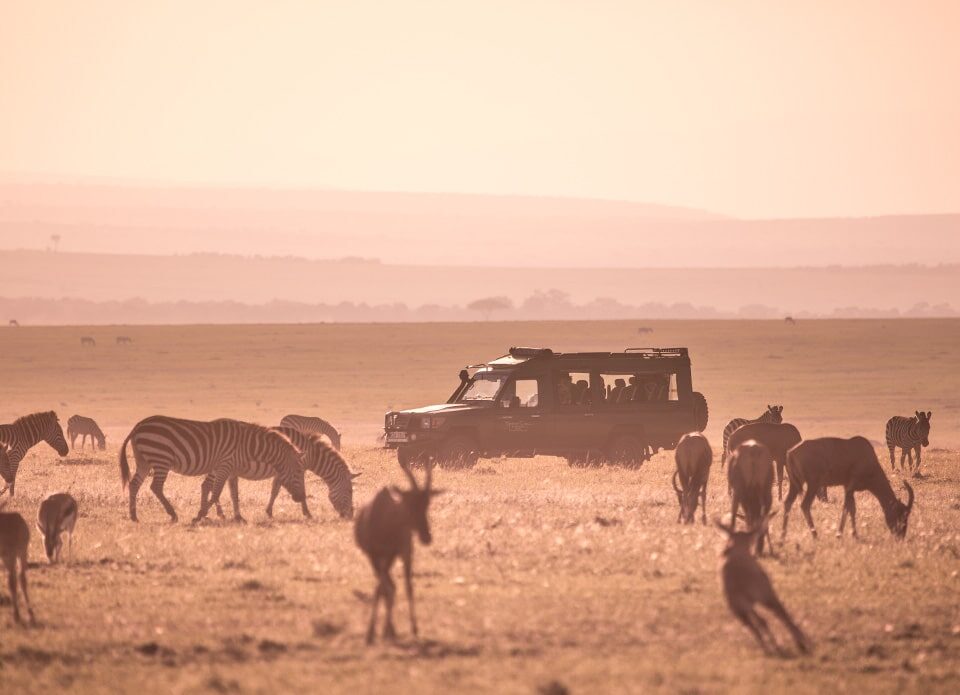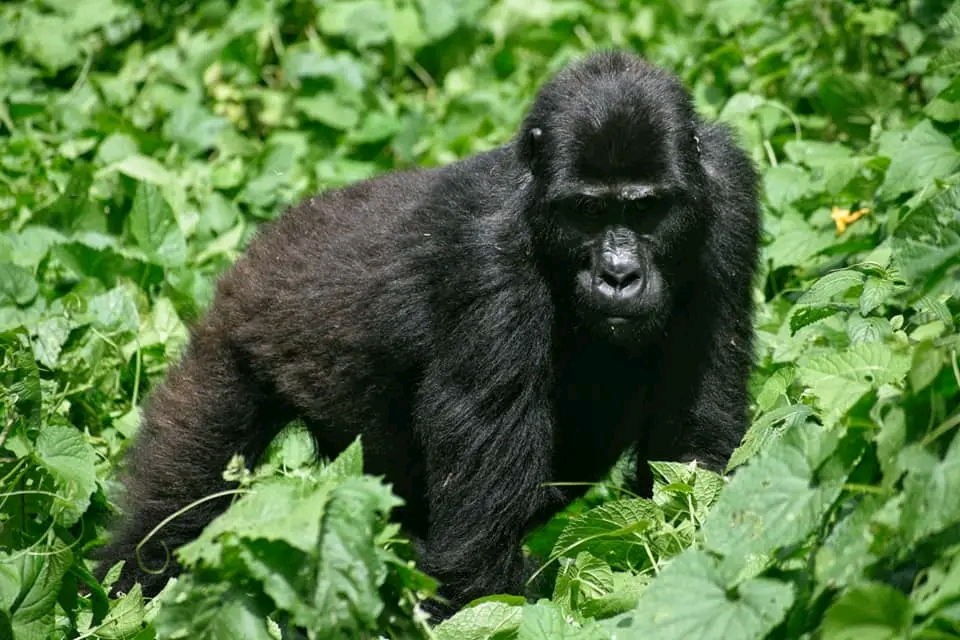
Things to do in Kenya on a budget
June 28, 2021
Uganda Fishing Trips _ Adventure fishing safaris in Uganda
July 3, 2021Primates in Uganda – Trekking to see the primates of Uganda
Primates in Uganda. In zoology, a primate is any mammal of the group that includes lemurs, lorises, tarsiers, monkeys, apes, and humans. The order Primates, with its 300 or more species, is the third most diverse order of mammals, after rodents and bats. When compared with body weight, the primate brain is larger than that of other terrestrial mammals, and it has a fissure unique to primates (the Calcarine sulcus) that separates the first and second visual areas on each side of the brain. Whereas all other mammals have claws or hooves on their digits, only primates have flat nails.
The most massive primate is the gorilla and one of the subspecies known as the mountain gorilla is found in Uganda with its weight varying from 140 to 180 kg (about 300 to 400 pounds). Some primates in Uganda including gorillas and chimpanzees share more than 95% of their DNA with human beings and have very amazing characteristics that interest tourists to want to see them.
How many primates are in Uganda? – Primates in Uganda
The primates found in Uganda are 20 species. A total of 13 primates can be found in Kibale National Park which is the highest density of primates in all of Africa within a single destination. Primates in Uganda include the mountain gorilla, chimpanzees, black-and-white colobus, red-tailed monkey, grey-cheeked mangabey, I’Hoest’s monkey, blue monkey bush babies, potto, golden monkey, and olive baboons.
Top primate tracking activities and destinations in Uganda
Uganda is blessed to be a top destination for primate tracking or trekking in Africa with the mountain gorillas and chimpanzees on top of the list. Uganda has a big population of chimpanzees living within their natural habitat as well as half of the remaining mountain gorilla population still living within their natural habitat. Trekking and seeing the gorillas and chimpanzees in their natural habitats is such a unique experience worth having and therefore many would prefer to have a trip that makes it possible to see all of these. Trekking or hiking through the tropical rainforests is an awe-inspiring experience and to very much explore these primates one can visit the different habitats.
-
Budongo Forest
Budongo forest is the closest spot from Kampala-Uganda’s capital for tourists to trek chimpanzees. The forest is part of the Murchison Falls Conservation Area. 2 habituated chimpanzee families can be trekked by those interested in the activity. For Budongo forest chimpanzee trekking, a well-developed and extensive trail system with a length of 115km in total is found in the forest. The forest offers a great experience trekking chimpanzees in the reserve famous for the age-old mahogany trees which can grow up to 80 meters. Within the forest are also 465 plant species, all offering a great jungle experience which is a natural habitat to the chimps living in the forest.
-
Kibale National Park – Primates in Uganda
Kibale Forest hosts the highest total population of chimpanzees. The park has over a thousand chimpanzees and is still home to over 13 primate species, that’s why it’s dubbed the primate capital of the world. Chimpanzee habituation is the process of making chimps used to the presence of human beings. The process takes about 2 years or more to fully get used to people.
The chimpanzee habituation experience enables tourists to accompany researchers and habituators (those who take the chimpanzees through the habituation process) into the forest. For chimpanzee habituation, the groups that are visited are less accustomed or used to the presence of human beings than those that are visited during chimpanzee trekking. During the habituation experience, those involved follow and view the chimps as they exhibit their characters.
-
Kyambura Gorge
Kyambura Gorge is the only destination in Uganda where you will have to visit the chimps below sea level. The chimpanzees live in a gorge that is about 100m deep at its deepest spot. Unlike other chimpanzees, this population lives below within the gorge making it an extraordinary experience to trek them. However, the chimpanzees here are few, and therefore sightings are not that marvelous. If you want to have a magical experience, then trek in Kyambura you may never find this experience anywhere else.
-
Mgahinga Gorilla National Park
Mgahinga Gorilla National Park just like its name portrays is a gorilla habitat, home to 1 habituated mountain gorilla family known as the Nyakagezi gorilla group. Tracking the Nyakagezi gorilla group is amazing with the fact that this group is big and social compared to many other habituated gorilla groups. The Nyakagezi family is one of the easiest to track given the fact that it prefers a narrow home range for feeding, nesting, relaxing, and recreation. In case you are not ready to hike for a long distance, Mgahinga is a better option since they can be found after a short time of trekking rather than those of Bwindi which may require a longer time to trek.
-
Gorilla Habituation in Bwindi Forest Uganda
There’s no such an exhilarating way of learning about the elusive mountain gorillas than with a Gorilla habituation experience. Bwindi Forest in Uganda is the only national park where the gorilla habituation experience can be undertaken by tourists. It is an opportunity to meet a group of wild gorillas that haven’t been fully habituated and therefore behave like they would before getting familiar with humans. This is a better way of learning the lifestyle of the mountain gorillas within their natural habitat.
Have a chimpanzee trekking or Uganda gorilla safari with a well-planned primate tracking tour. Primate trekking in Uganda can also be planned and well-tailored with any other trips in East Africa including Kenya safaris, Tanzania tours, and Rwanda gorilla tours.
Uganda Wildlife Safaris Related Searches
- Uganda Safaris Tour
- Uganda Gorilla Safari Packages
- Uganda Wildlife Safari Packages
- Uganda Birding Safari Packages
- Chimpanzee Trekking Safari Packages
- Long Uganda Gorilla Safaris
- Long Uganda Wildlife Safaris
- Short Uganda Gorilla Safari Tours
- Short Uganda Wildlife Safaris
- Uganda Wildlife Safaris
- 5 Days Best Gorilla Trekking Safaris Uganda
- 5 Days Best Uganda Wildlife Safaris Tour
- 6 Days Best Uganda Adventure Tour
- 7 Days Best Uganda Gorilla Trekking Safari
- 7 Days Uganda Primate Tour
- 8 Days Best Uganda Safari Itinerary
Uganda Gorilla Trekking Tours Related Searches
- Long Uganda Gorilla Safari Tours
- 9 Days Classic Uganda Wildlife Safari
- 12 Days Affordable Uganda Adventure Tour
- 13 Days Classic Uganda Adventure Tour
- 14 Days Ultimate Uganda Wildlife Safari
- 15 Days Wildlife Safari Africa
- 16 Days Best Uganda Birding Safari
- 18 Days Best Uganda Adventure Safaris of a Lifetime Tour

